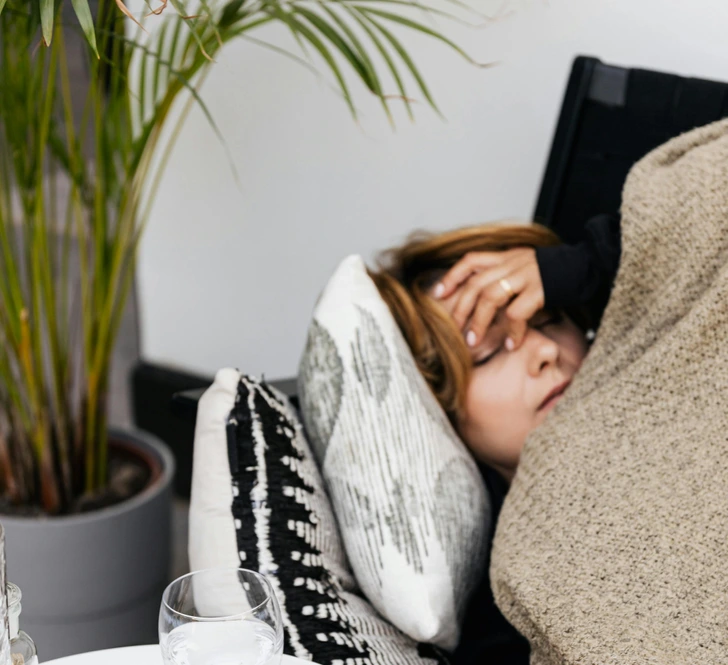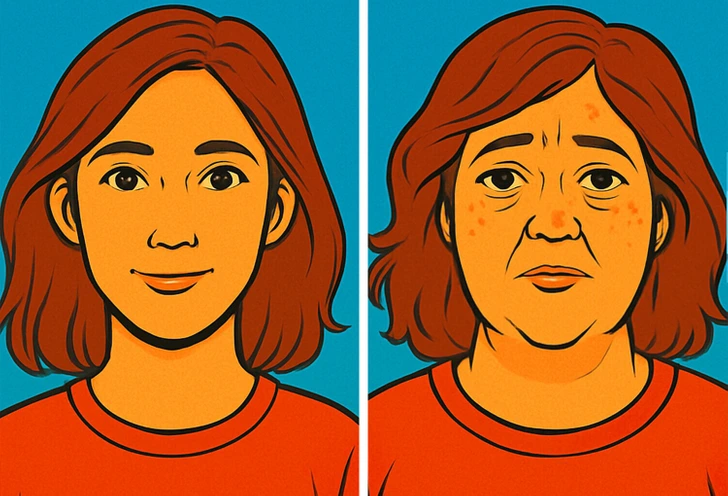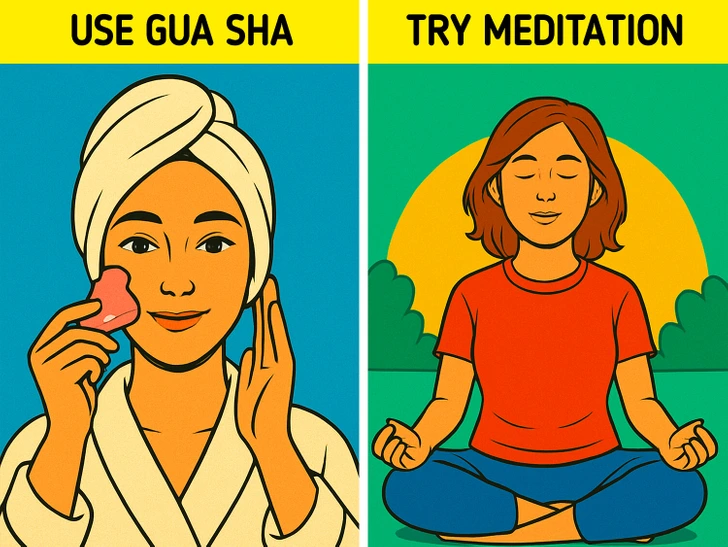Ever looked in the mirror and felt like your face aged overnight? Puffy eyes, dull skin, breakouts for no reason—yep, your skin might be screaming what your mind hasn’t said out loud: “I’m stressed!”
You’re not imagining it. Chronic stress doesn’t just mess with your mood—it shows up on your face, literally. Lately, the term “cortisol face” has exploded on social media. But is it fact or fear-mongering fiction? Let’s break it all down and look at how stress truly affects your skin—and what you can do to fix it.

Your Skin is Talking—Are You Listening?
When you’re under pressure, your body kicks into survival mode. That means it releases cortisol, the stress hormone, to help you cope. But when stress drags on and cortisol levels stay elevated, your skin takes the hit.
Maybe you’ve noticed:
- More breakouts than usual
- Skin feeling more sensitive
- A dull, grayish tone replacing your glow
- Puffiness that makes you look tired even after sleep
These are all signs that your skin is reacting to what’s going on inside.
Video: 5 Signs Your Cortisol (Stress Hormone) Levels Are Too High
So, What is “Cortisol Face” Anyway?
The internet loves a trend, and “cortisol face” is the latest one. It’s a term used to describe the rounder, puffier appearance that some believe happens when cortisol is consistently high.
Though there’s some truth to it, don’t panic. While facial bloating and swelling can happen from stress-related inflammation or water retention, this doesn’t mean you’re doomed to look like a balloon. Medical experts point out that chronic cortisol elevation might contribute to subtle changes—but it’s not an overnight transformation.
It’s a red flag, not a life sentence.
Why Cortisol Matters (And When It Becomes a Problem)
Cortisol isn’t the villain—it actually does a lot of good. It regulates your metabolism, boosts your energy, and helps your body manage inflammation. It’s like your body’s internal alarm clock: rising in the morning and winding down at night.
But when the alarm never turns off—because of chronic stress, lack of sleep, or emotional burnout—your body starts to feel it. And your skin? It might be the first thing to show the damage.
How Stress Triggers Skin Chaos

Think of cortisol like caffeine. A little gets you going. A lot gives you jitters. When you’re stressed for too long, cortisol:
- Weakens your skin barrier, making it more sensitive
- Triggers oil production, leading to acne flare-ups
- Delays healing, so blemishes take longer to fade
- Breaks down collagen, which can speed up aging
Add to that all the nervous habits stress triggers—lip biting, jaw clenching, rubbing your face—and you’ve got a recipe for irritation and breakouts.
What Else Can Spike Cortisol Levels?

It’s not just bad traffic or tight deadlines. Cortisol can spike from:
- Illness or infections
- Poor sleep
- Diets high in sugar and processed foods
- Certain medications, especially steroids
- Underlying conditions like Cushing’s syndrome (rare but real)
Even pregnancy and overtraining at the gym can play a role. The tricky part? Many of these changes happen silently, so you may not realize cortisol is behind your skin woes until it’s too late.
How to Calm Your Skin and Your Cortisol
Good news: You don’t need a 10-step skincare routine or expensive facials to fight back. It starts with treating the root cause—stress.
Here’s what actually works:
Try Gua Sha or Facial Massage

This ancient technique uses a stone tool to promote circulation and lymphatic drainage. It can help reduce puffiness and give your skin a firmer, lifted look—plus, it’s super relaxing.
Watch Your Salt and Sugar Intake
Processed foods and too much sodium can lead to water retention, bloating, and inflammation. Eating clean can help de-puff your face and reduce overall inflammation.
Sleep Like Your Skin Depends On It (Because It Does)
Cortisol should drop at night. But if you’re scrolling TikTok until 2 a.m., your body stays in high-alert mode. Create a calming bedtime routine and stick to it.
Breathe It Out

Even five minutes of deep breathing or meditation can help lower stress levels. Apps like Calm or Headspace can guide you through it. Your skin will thank you.
Move—But Don’t Overdo It
Exercise reduces stress, but excessive workouts can backfire and spike cortisol. Aim for balance: walking, yoga, or moderate cardio are great options.
Be Mindful of Medications
If you’re using corticosteroids regularly, talk to your doctor. Long-term use can mimic symptoms of high cortisol, including changes in facial appearance.
Seek Mental Health Support
Chronic anxiety or depression can keep cortisol elevated. Talking to a therapist or counselor might help more than any serum ever could.
Don’t Believe Every Trend You See
Video: Top 5 Supplements to Lower Cortisol and Stress
When social media screams “Cortisol Face is ruining your look!”—pause. Most trends are exaggerated or taken out of context. Instead of buying into panic or miracle creams, stay grounded in science. Focus on lifestyle, emotional well-being, and listening to your body.
Conclusion
Stress is sneaky—and your skin is often its favorite messenger. Whether it’s puffiness, breakouts, or just that worn-down look, your face might be telling you it’s time to slow down. Don’t chase viral fixes. Instead, take care of yourself from the inside out. Balance your cortisol, nurture your body, and you’ll see the difference not just in the mirror—but in your overall life


